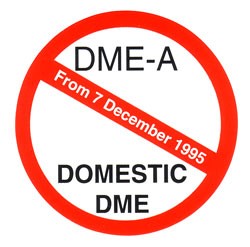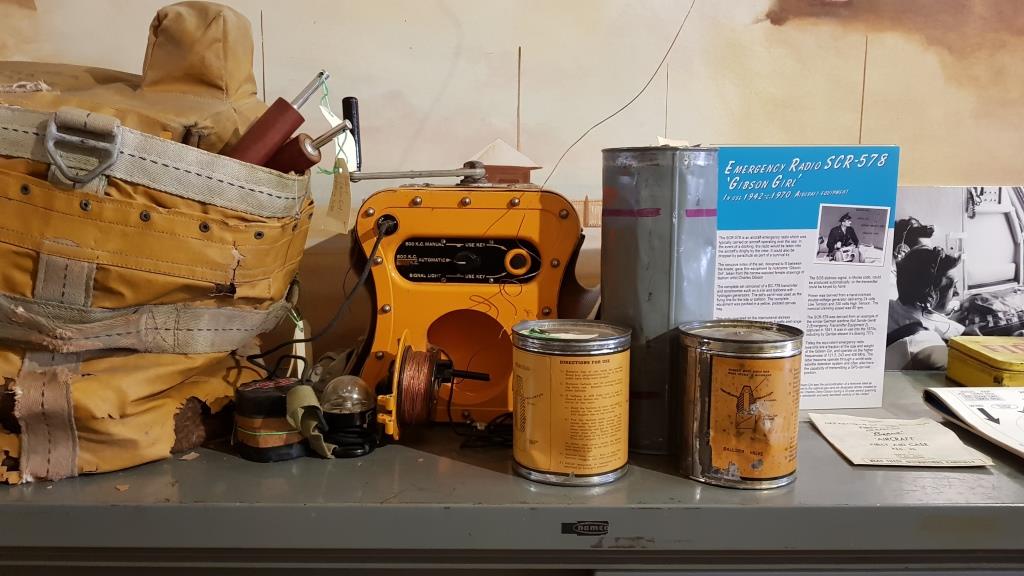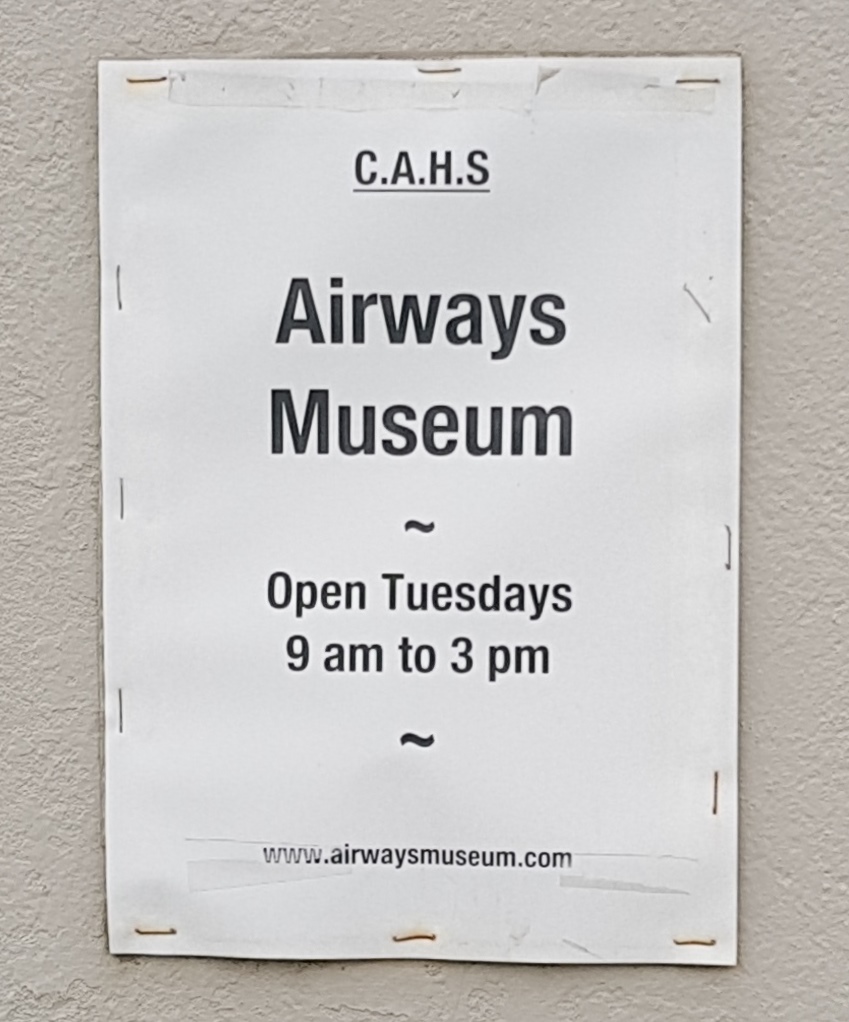|
|
||
|
||
|
Privacy Policy | Editorial Policy | Profit Policy | Join the Association | List of Members | Contact us | Index | Links |
||
|
Back Go to page: 1 2 3 4 5 6 7 8 9 10 11 12 13 14 15 16 17 18 19 20 Forward
|
||
|
|
||
|
The People I meet.
The other day I was in our fair city, Brisbane, accepted widely by one and all as the best city south of the North Pole. I was dressed in one’s finest as one does in order to blend in with the State’s movers and shakers who constantly roam our fair City’s streets, alone and unaided, while eating rye bread sandwiches and drinking mochaccinos from cardboard cups. I had ventured forth into the bright lights on this day to purchase some HB pencils which are hard to find in the suburbs where the Bic ball point rules supreme and after searching far and wide, high and low, I was able to purchase several of Staedtler’s creations, (those with the little rubber on one end), from an elderly blue haired matron who had a small stall tucked away in one of the City’s many alley-ways.
I passed over a dollar coin to settle the purchase and was mildly surprised to discover I was due eleven cents in change and being in a pleasant mood that fine day and as I am a kind and generous person, I informed the elderly matron she could keep said change as a form of gratuity in recognition of her splendid service. I must say I was a bit surprised when she bowed her thanks to me in public, one would have thought I had tipped her a whole twenty cents.
L-R: Thien Khuong, Honourable person, Van Pham.
Being thoroughly satisfied with my purchase of the day, I thought it only fitting to favour myself with some nourishment so I headed for Brisbane’s finest, the Jade Buddha café restaurant on the Brisbane River where I knew I could find wonderful food and beverage at affordable prices and where I could find a private booth and not be adorned and worshipped as is normally the case when I appear in public in the one place for any length of time. That day I had also liberally applied considerable amounts of white Mum deodorant paste, Californian Poppied the hair and splashed my face and neck with Old Spice in an attempt to hide the Radtechitis that normally would flow freely from my person.
Sadly, and unbeknown to myself, some of that irresistible magic allure did escape and wafted forth only to be detected some twenty or so miles away by two lovely young ladies who were going about their normal daily duties. Immediately all natural reasoning and thought left them and they were overtaken instead by raw instinct. Unable to resist, they donned their helmets and leapt aboard their 12 geared treadlies and forsaking the bike lanes, hit the highway as fast as possible in search of some Radtechitis.
I was just starting into my second Sars on the rocks when those lovely ladies burst forth and hurled themselves onto my person, much to the astonishment of the other patrons and try as I might, I was unable to dislodge them inside of 97 minutes by which time they had ingested sufficient quantities of Radtechitis to last them for some time.
Both Thien and Van are part of the Vietnamese Community in Brisbane, they are lovely and friendly young ladies, always ready to help old ADF Veterans who went to the aid of the South Vietnamese people all those years ago, and as can be seen here, damn good sports too with a healthy sense of humour.
|
||
|
Reilly went to trial for armed robbery. The jury foreman came out and announced, "Not guilty." Reilly shouted, "That's grand, does that mean I can keep the money?" |
||
|
|
||
|
The Airways Museum – Essendon Airport.
(You can click most of these pics for bigger view)
If ever you fly into Melbourne on a Tuesday and you were involved in the aviation game at one time in your life, on your way into the city you should divert into Essendon airport and have a look through the Airways Museum.
The Airways Museum is an aviation museum, but with one difference - there are no aircraft! Instead, the Museum houses a collection of national importance that traces the development of Australia's civil aviation airways system through innovation and technical development from its beginnings in the 1920s to today. The story is told through artefacts and photographs and illustrates how Australia has often played a leading role internationally in aviation development.
The Museum is housed in Building 44 at Essendon airport, an old workshop built in 1942 for Australian National Airlines (ANA). The building was subsequently taken over by the Department of Civil Aviation (DCA) and in 1984 the basement was used to store the collection of equipment which now comprises the Airways Museum. The building is today owned by Essendon Airport Ltd. and the Airways Museum rents the space.
The Museum shows how the invisible radio highways of the sky guide aircraft safely to their destination and keeps them separated from one another. It is the museum’s aim to explain how this complex system has evolved.
Its collection had its origins in 1973 when it was realised that much airways equipment that had been in service since the War, or before, was being replaced and would soon disappear altogether if not preserved. The purpose of the collection is to preserve for posterity examples of airways equipment which were once in common use.
In doing so, the significant contribution of Australia over the years to the development of safe and reliable civil aviation is also highlighted. The collection contains a number of Australian innovations and inventions that have led the world, and of which we can be justly proud.
|
||
|
The Aeradio (air-radio) room (above), is one of the 17 standardised Aeradio Stations constructed for DCA by AWA Ltd from 1938 to service the eastern trunk routes of Australia. At left are three racks of radio and audio equipment. The middle rack holds a Strowger Relay, used to change the frequency of the remotely-sited J2876 HF radio transmitter associated with these stations. Other aerodrome functions such as turning on and off lights could also be performed remotely using the Strowger relay. The right hand rack holds three HF radio receivers. On the desk to the left are the controls for a Bellini-Tosi Medium Frequency (MF) Direction Finding (DF) receiver and in the centre a control box with receiver selection, indicator lamps, volume controls and the dial for transmitter function selection.
Major areas covered in the museum include:
Below - part of the museum’s visual displays.
|
||
|
Although always known as the 'Airways Museum', funding for many years only covered the cost of transporting and storing obsolete equipment for the collection.
In a very few cases money was also made available for restoration work, usually by Departmental apprentices. The equipment comprising the collection came from the many Departmental airports and remote navigation and communications sites around Australia.
With the breakup of the Department, commencing in the late 1980s, the Airways Museum collection was eventually inherited by the newly-formed Airservices Australia, considered to be the most appropriate branch of the former Department to retain it. A review of priorities in 2000 resulted in museum consultants from Deakin University confirming the significant historical value of the collection. As a result, Airservices Australia continues to significantly fund the Airways Museum, which is operated on its behalf by the Civil Aviation Historical Society (CAHS).
The Airways Museum was first opened to visitors in 1997, although much work occurred over 2002-3 to re-organise exhibits following a consultant's report on the most appropriate layout. A dedicated band of volunteers continue to work on the restoration of equipment and the improvement of displays using audio-visual materials from the extensive CAHS archive.
The photo below shows a rather shabby Building 44 as it was in the 1980s. At that time the Museum’s collection was stored in the building but it was not open to the public.
|
||
|
|
||
|
After World War 1, the repatriation of a large number of trained pilots and the importation of a number of aircraft for civil use caused the Australian Government to make provision for the regulation of civil aviation in Australia. Accordingly, the Air Navigation Act 1920 was passed by Parliament, granted Royal Assent on 2 December 1920, gazetted on 11 February 1921 and came into force on 28 March 1921.
Regulations were drawn up under the Act to provide for the registration and periodical examination of aircraft, licensing of aerodromes, examination and licensing of personnel engaged in flying and in the maintenance of aircraft, and rules of the air.
The organisation established to administer the Act and Regulations was the Civil Aviation Branch of the Department of Defence. This organisation grew and evolved over time, changing its name and function along the way. In 1938 the organisation became a Government Department in its own right, the Department of Civil Aviation (DCA).
From 1973 onwards, DCA began a series of changes that saw it amalgamated with other Government Departments and parts broken away to form other, independent organisations. Regardless of what it was called at a particular point in time, for the sake of ease of use we’ll use the term "the Department" to identify all branches and iterations of the organisation in a generic sense unless a specific organisational name is quoted.
Click HERE to see a list of organisational acronyms used by DCA and its successors.
History.
With the development of commercial air services (and radio) in the 1930s came the need for a supporting ground organisation. This need was reinforced by the tragic losses of the first ANA's Avro X Southern Cloud in 1931, Airlines of Australia's Stinson VH-UHH in 1937 and the second ANA's DC2 Kyeema in 1938. At first marine radio stations were used for communication with aircraft, but soon a dedicated air traffic services organisation was established, one that continues to play a vital role in safe air transport today.
In 1948-49, Australian National Airways (ANA) published a brochure describing in terms designed for the lay person showing how the Air Traffic Control system of the day functioned. Communication with ATC (or the Tower at least) is by VHF radio and formalised instrument approach procedures had also made an appearance. The basic en-route separation standards for aircraft were 1,000 ft vertically or 20NM longitudinally. Most of that system that was developed years ago is still used today although terminologies have changed somewhat over the years. The brochure also features ANA's then flagship, the Douglas DC-4 VH-ANA Amana, which was delivered in January 1946 and lost in a tragic accident in June 1950.
Click the pic above to read the brochure.
The Wireless Telegraphy Act 1905 gave control of all wireless communications to the Commonwealth Government. In 1909 the House of Representatives resolved that wireless telegraphic stations should be established around the coasts of Australia and that merchant ships should be equipped with wireless installations to:
The Australasian Wireless Co. of Sydney won the tender to install, on behalf of the Postmaster General, wireless stations at Perth and Sydney. This company virtually established Australia’s radio industry by taking the initiative of installing radio equipment in merchant ships and operating experimental shore stations. In 1910 they were granted a licence to operate a wireless station and conduct telegraphy tests with ships at sea. Their station was located in the Hotel Australia, Sydney. The aerial mast was attached to the hotel’s chimney. Thus in 1911 the first coastal radio station was established. The transmitter had a range of 520 kilometres.
The permanent network of stations initially involved the two high powered (25 kW) stations at Sydney (Pennant Hills) and Perth (Applecross), and a network of 17 low powered stations. These were installed between 1912 and 1914.
A consequence of the loss of the British liner Titanic was the Navigation Act 1912 which required any ship carrying more than 50 persons in Australian waters to be fitted with a wireless communications apparatus. It also required a suitably qualified operator to work the equipment. At that time, the Marconi and Telefunken companies were in strong competition for the world telecommunications market. Marconi sued the Australasian Wireless Company for infringement of its patents. The dispute was settled when, in 1912, the companies agreed to exchange patents, and the Australian Wireless Co. merged with the Australian branch of Marconi to form Amalgamated Wireless (Australasia) Ltd. (AWA).
The aim of the original network was to ensure that all ships in Australian waters would be in contact with at least one station at all times. The range of the transmitters was soon increased to 700 km by day and up to 3,500 km at night. The operating frequency was 500 kHz.
In 1922 AWA was granted exclusive rights to operate an expanded network of 27 stations which comprised the Coastal Radio Service (CRS), which they continued to do for the next 25 years. These included stations in New Guinea, which had been hurriedly installed when Japan entered Word War II. The Overseas Telecommunications Act 1946 resulted in the creation of the Overseas Telecommunications Commission and ownership of the CRS was transferred to this new organisation on 1 October 1946.
The first passenger aircraft to be fitted with wireless communications was the Tasmanian Aerial Services DH84 Dragon VH-URD Miss Launceston, in 1934. By the end of 1937, about 24 Australian aircraft had been fitted with radio equipment. Prior to the creation of the Aeradio service in 1938-39, the Civil Aviation Board arranged for AWA to provide an interim ground-to-air communications service. This was achieved through a combination of Coastal Radio Stations and temporary stations at aerodromes. Frequencies of 333 kHz and 325 kHz were allocated for the service. The Coastal Radio Stations provided a ready-made network for communication with aircraft in flight.
|
||
|
|
||
|
The Marconi S.W.B.8W HF Radio Transmitter (1950s – 1980s)
|
||
|
The first flight across the Pacific in 1928 was by Charles Kingsford Smith, Charles Ulm, Harry Lyon and wireless operator Jim Warner. It was the first overseas flight to be equipped with radio communications equipment. Sydney Radio kept contact throughout the flight.
The mobile communications and direction finding facility which had been used at Charleville during the 1934 Centenary air race from England to Australia was later moved to Western Junction (Launceston) to aid aircraft crossing Bass Strait from the mainland. A temporary station was also established at Darwin airport for the 1934 air race, and this continued to operate until 1940. Darwin also provided radio communications with aircraft on the Australia to England airmail service. Communications could be maintained as far as Kupang in Timor.
The first permanent aeronautical communications facility provided by AWA was at Essendon Airport in 1935. It was sited near the reservoir on the eastern side of the field and was connected via a PMG landline to the CRS transmitter station at Ballan. Other interim stations were set up at Canberra, Forrest and Groote Eylandt. In conjunction with some rural broadcast stations, the coastal service also collected and conveyed meteorological information for aircraft pilots planning their flights.
AWA was contracted by DCA to design, install and staff a network of permanent Aeradio stations along the major air routes in Australia and New Guinea. As the Aeradio stations progressively came into operation from late 1938, CRS operators were invited to resign from AWA and join DCA as Aeradio Operators. Many of the Department's early Aeradio Operators were also lured away from the unsociable life at sea to the relative comforts of being land-based. Thus began the progressive separation of Aeradio from the CRS, although the CRS continued to provide a service at Townsville until 1942 and Thursday Island until 1977.
At right is the final amplification stage of the Marconi S.W.B. 8W HF radio transmitter. The final valves (left and right), with aluminium radiators above, generated the final power amplification which was fed into a tuned circuit (behind and at top). The black knob at centre bottom controlled the tuning condenser (capacitor) - the horizontal plates between the two valves - which formed part of the tuned circuit.
High power output (up to 3.5 KW) was required to overcome atmospheric noise at the lower frequencies used. The power amplification process was quite inefficient, with a great deal of waste energy produced in the form of heat.
With time Aeradio operators came to acquire additional duties and responsibilities, and in 1966 the service was restructured to become Flight Service. The duties of the Flight Service Officer were:
A typical Flight Service Unit Console – this one from Mildura.
|
||
|
The console is of fairly typical 1960s and '70s vintage design common to many of the outstation Flight Service Units (FSUs). The Mildura FSU was closed down in 1990 as part of a program to consolidate all outstation units into major capital city Centres (sadly). With the loss of outstations went the face to face contact between Flight Service Officers (FSOs) and pilots. It removed the "human" factor which was very important - knowing the pilot, knowing the aircraft, knowing the weather could sometimes alert the FSO to a potential problem before it happened.
|
||
|
ATC Dual 'Bright Display' Approach Radar Console.
The dual 'Bright Display' Approach Radar console was in use in the first Melbourne/Tullamarine Area Approach Control Centre (AACC) from the mid-1960s until it was retired in October 1988. This console was used for the Departures North and South positions. The Approach/Departures cell also comprised a single radar console for Approach Radar and a strip board for Approach Procedural (known as the 'Inky').
On the outboard sides of the console are banks of intercom buttons and, on the desktop below them, joysticks which controlled the Inter-Console Marker (ICM). Using the ICM, one controller could cause an arrow to be displayed on another controller's console. By moving the arrow via the joystick, the controller could designate particular targets (aircraft) for the purposes of handoff or identification.
Above the console is mounted the TV display for the Terminal Area Severe Turbulence (TAST) advice. This was a hand-drawn picture of areas of likely severe turbulence transmitted from the Bureau of Meteorology and based on weather radar returns. Since the Bright Display equipment was weather-suppressed, the TAST was used for controller situational awareness and to provide limited advice to pilots of thunderstorm activity.
|
||
|
Distance Measuring Equipment (DME).
The Department has an enviable record of invention and innovation within its Airways Engineering and Airways Operations organisations. Most prominent, among many other smaller-scale innovations, are the Australian Distance Measuring Equipment (DME) system, the T-VASIS visual landing aid, and the Interscan landing system. All of these met, and exceeded, ICAO standards of performance and were hailed for their engineering and operational achievement.
The Australian DME system gave over forty years of valuable service to Australian civil aviation between 1955 and 1995 with Australia being the first country in the world to have a civil DME system in service. DME works by the aircraft transmitting a pulse to the ground station which instantly replies. The equipment in the aircraft then measures the time interval between the pulse going out and the return pulse being received. From that time interval it can compute the distance between the aircraft and the ground station. It could also compute speed over the ground.
DME ground station.
The first post-war conference aimed at regulating international air transport was the Chicago Convention, held in November 1944. It was here that the "Five Freedoms of the Air" were drafted and are still the cornerstone of international air travel. The agreements propose that for scheduled international air services each nation grant to all others, with the possible exception of former enemy countries, these “freedoms are:”
One of the many draft Annexes produced was Instrument Aids to
Navigation, which include Annexe B, defining a radio beacon station as
"a special station, the emissions of which are intended to enable an
on-board station to determine its bearing or a direction with reference
to the radio beacon station, and in some cases, also the distance which
separates it from the latter". In other words, it confirmed the need for
some form of distance
Early DME cockpit indicators were of the analogue type. The needle showed the distance from the DME beacon on the inner scale. Pushing the button at lower right caused the ground speed to be displayed on the outer scale.
Immediately after the Chicago Convention, a Commonwealth Air Transport Council was established to monitor and share views, information and developments of a civil aviation nature. An extension of this body, with responsibility for radio technical matters, was the Commonwealth and Empire Conference on Radio for Civil Aviation (CERCA). This body first met in Canada in November 1944, and produced specifications for suitable radio navigation aids, based on wartime inventions. In particular, it looked at developing a form of distance measurement, based on the Rebecca-Eureka ‘Identification Friend or Foe’ (IFF) secondary radar system, and operating in the 200 Mhz band.
The Australian demonstration was at Ottowa on 28 and 29 October 1946, and was of a DME system and a Multiple Track Radar Range, both being adaptations of the Second World War radar systems mentioned earlier, and both of which were based on the findings of the 1945 CERCA London meeting. The great amount of operational experience which had been gained during the war years with secondary radar systems operating in the 200 Mhz band promised a technically successful operation of DME at that frequency, however, this was countered by the USA proposal for a system operating at 1,000 Mhz.
The Australian Domestic DME network eventually encompassed at least 84 beacons. These included en-route beacons on major air routes such as at Dederang in NSW, beacons at major airports and beacons at many regional airports such as Wittenoom Gorge in WA and Roma in Qld. From the 1960s the Australian system was known as DME(A) to distinguish it from the 'international', or DME(I), 1000 MHz system. The system continued in operation until 7 December 1995 when all the DME(A) beacons were withdrawn. Only a much smaller number of DME(I) beacons remain in service. The sticker at left was produced and distributed to industry in late 1995 as a reminder of the forthcoming closure of the network.
One piece of equipment we did see in the museum, a piece that we knew pretty well, was the Gibson Girl survival beacon. As a fresh faced Rad Mech posted to 2AD at Richmond, I can remember servicing these things. Named “Gibson Girl” because of their hour glass shape, these things were carried by aircraft and ships and were meant to be used to tell one and all that you were in trouble and needed assistance and/or rescue.
During World War II, Germany developed a hand-crank 500kHz rescue radio, called the "Notsender" (emergency transmitter) NS2. It used two vacuum tubes (valves) and was crystal-controlled. The radio case curved inward in the middle so that a user seated in an inflatable life boat could hold it stationary, between the thighs, while the generator handle was turned. The distress signal, in Morse code, was produced automatically as the crank handle was turned.
In 1941, an NS2 unit was captured by the British who produced a copy which they called the Dinghy Transmitter T-1333. Britain gave a second captured unit to the United States, which produced its own copy, the SCR-578. United States Army Air Forces aircraft carried the SCR-578 on over-water operations, it was supplied with a fold-up metal frame box kite, and a balloon with a small hydrogen generator, for which the flying line was the aerial wire. Power was provided by a hand cranked generator. It transmitted on 500 kHz at 4.8 watts, giving it a range of about 200 miles. Keying could be automatic SOS, or manual. Crystals were a scarce item for the U.S. during the war and the SCR-578 was not crystal-controlled.
|
||
|
A post-World War II version, the AN/CRT-3, which added a frequency in the 8MHz range, was in use by ships and civil aircraft until the mid 1970s. It was the hardest thing to crank , definitely not what you would want if you were injured.
Tours of the Airways Museum are available on Tuesdays 9am-3pm and at other times by appointment. Groups are welcome and a meeting room is available. Entry is by gold coin donation for individuals, $4 per head for group tours (including tea/coffee & bikkies, and a guided tour).
Where Are they?
The Museum is located at Essendon Airport, Melbourne, Victoria, at the rear of Building 44. Enter via Edgar Johnston Lane.
The Museum itself is accessible by ramp, however, toilet facilities require the ability to climb stairs. The nearest ramp-accessible toilets are at the Passenger Terminal.
Parking around the Airways Museum is subject to various restrictions. In addition to permit parking zones, there are ticketed places in the carpark immediately to the north of the Museum (free on weekends). There are also a number of free 3h and 12h places in Wirraway Rd adjacent to the northern carpark.
We can recommend it, allow yourself at least a couple of hours to check it all out, there is a heap of material, the volunteer staff are very knowledgeable and very proud of their museum, if you’re interested in Airways Ops – this is the place for you.
If you can't get there - have a look at their web site - www.airwaysmuseum.com
|
||
|
An attractive young woman on a flight from Ireland asked the Priest beside her, 'Father, may I ask a favour?' 'Of course child. What may I do for you?' 'Well, I bought my mother an expensive hair dryer for her birthday. It is unopened but well over the Customs limits and I'm afraid they'll confiscate it. Is there any way you could carry it through customs for me? Hide it under your robes perhaps?' 'I would love to help you, dear, but I must warn you, I will not lie.' 'With your honest face, Father, no one will question you.' When they got to Customs, she let the priest go first. The official asked, 'Father, do you have anything to declare?' 'From the top of my head down to my waist I have nothing to declare.' The official thought this answer strange, so asked, 'And what do you have to declare from your waist to the floor?' 'I have a marvellous instrument designed to be used on a woman, but which is, to date, unused.' Roaring with laughter, the official said, 'Go ahead, Father. Next please!'
|
||
|
|
||
|
|
||
|
|
||
|
|
||
|
|
||
|
Back Go to page: 1 2 3 4 5 6 7 8 9 10 11 12 13 14 15 16 17 18 19 20 Forward |
||
|
|

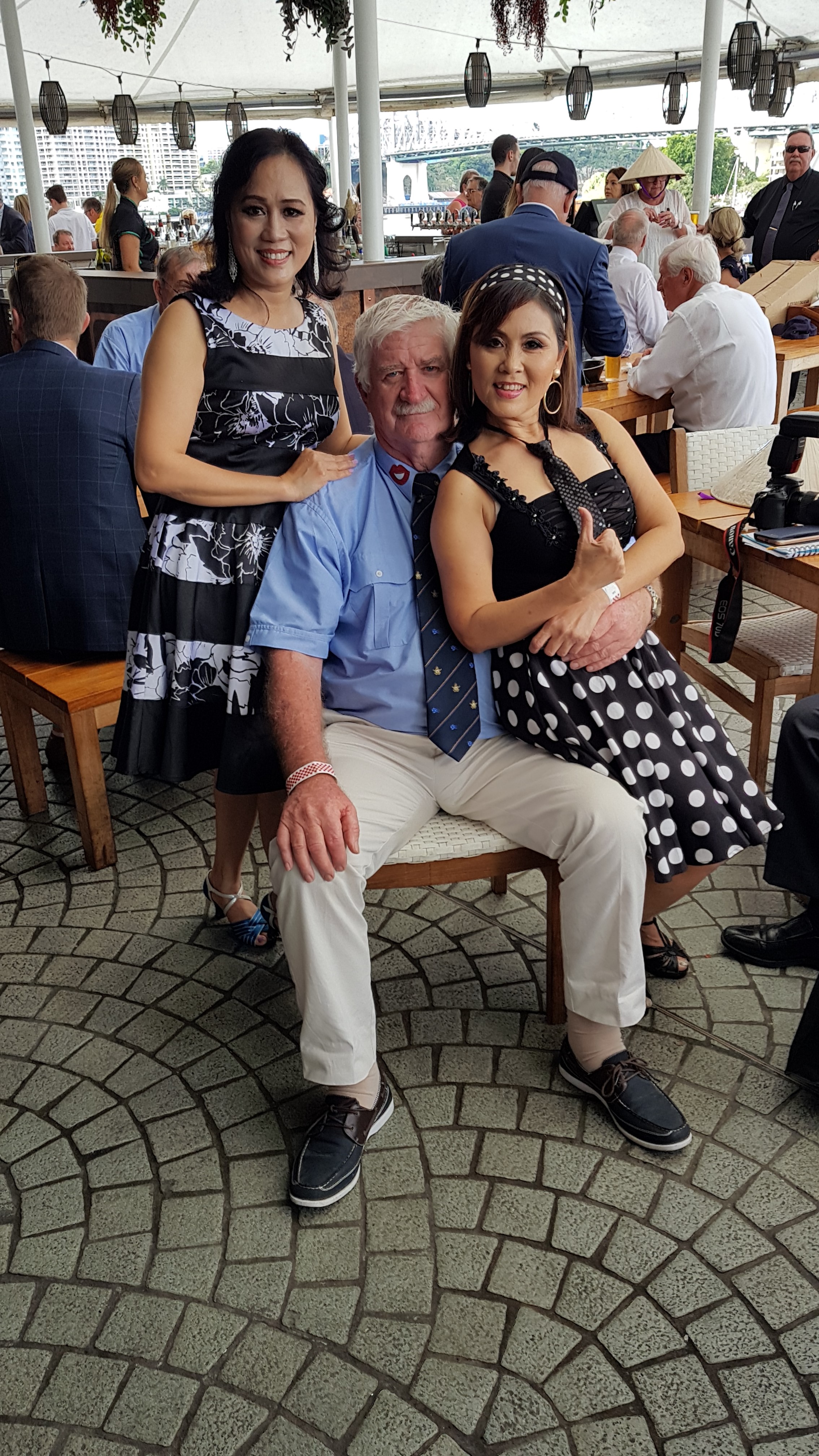
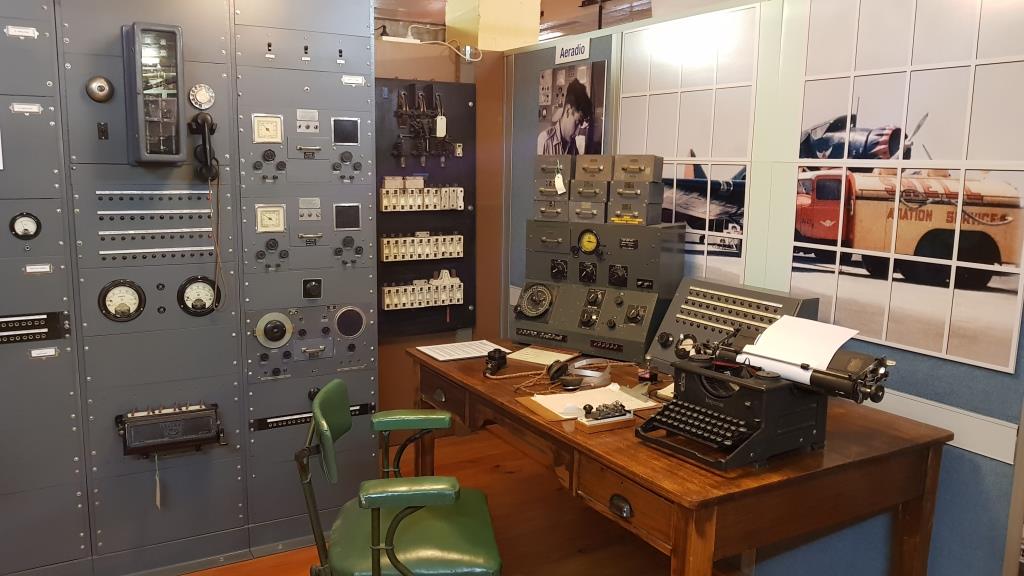
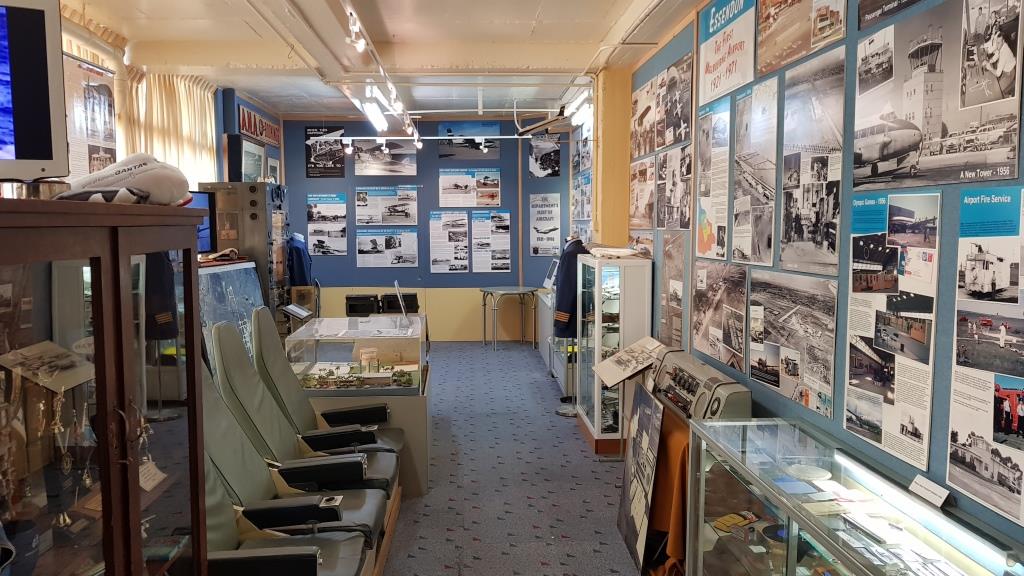
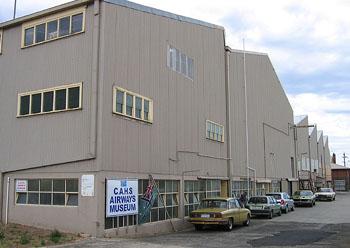
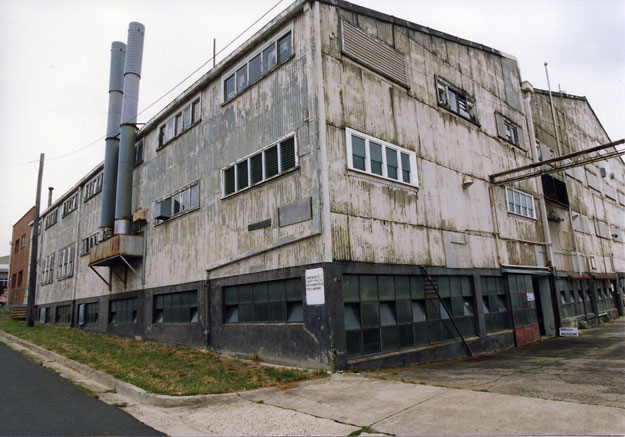

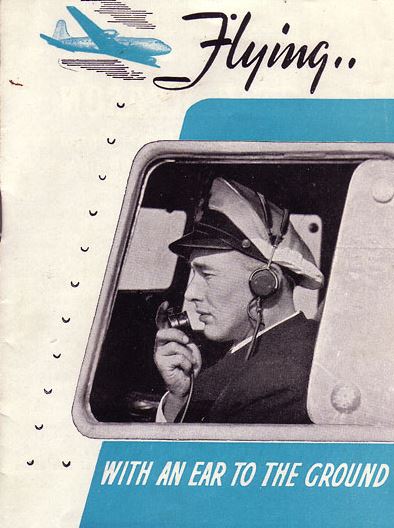
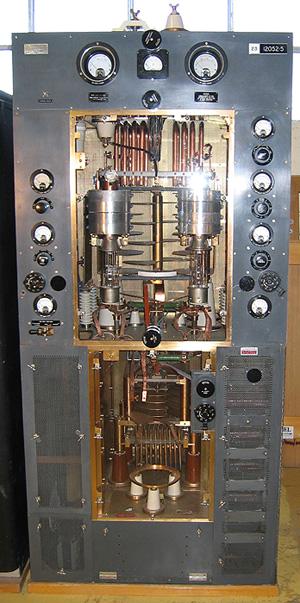
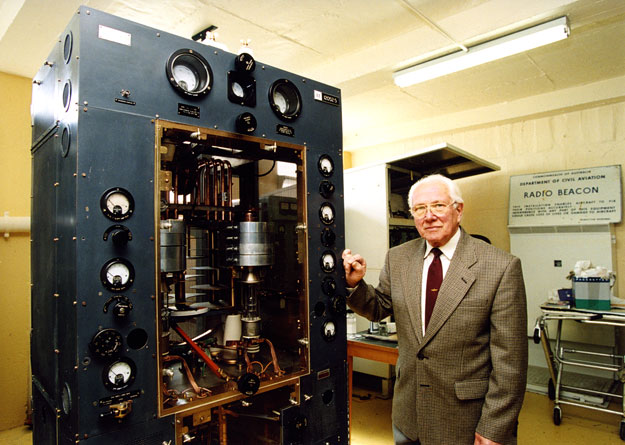
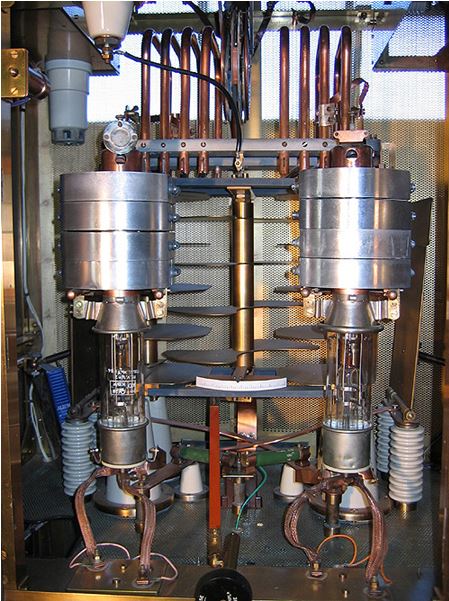
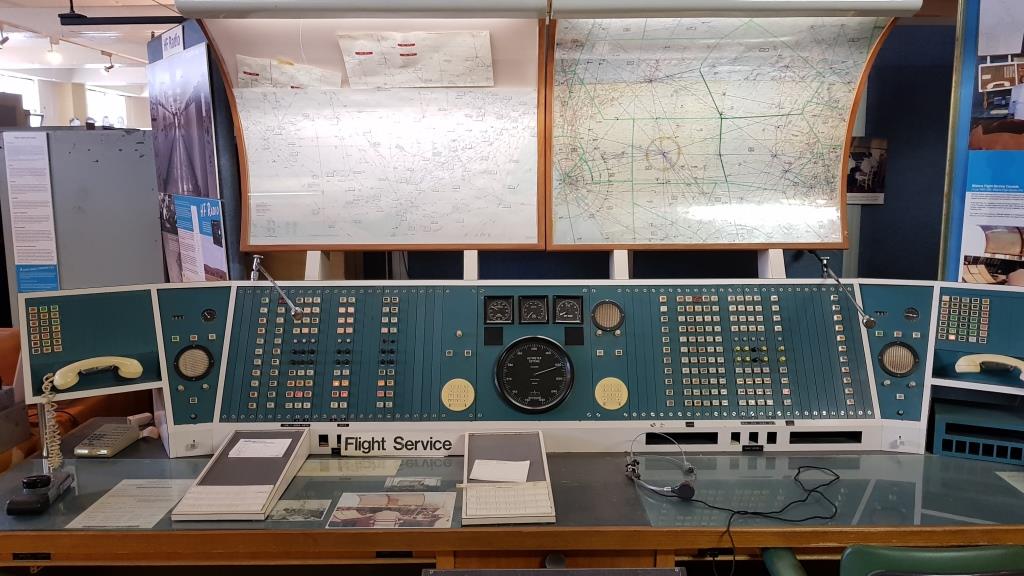
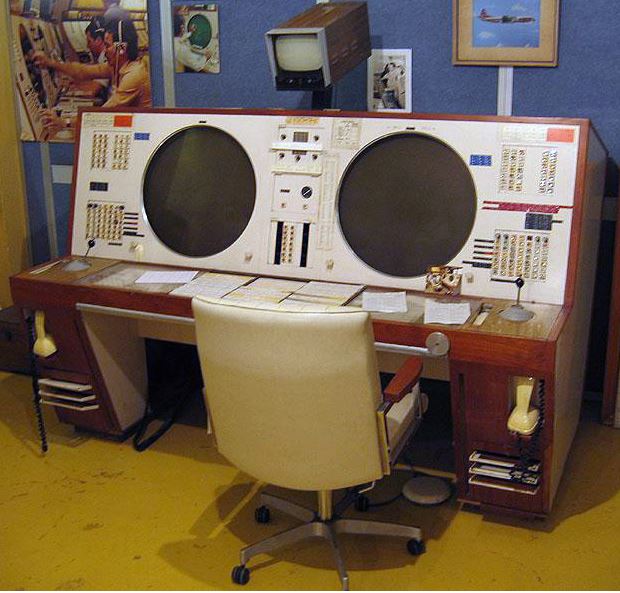
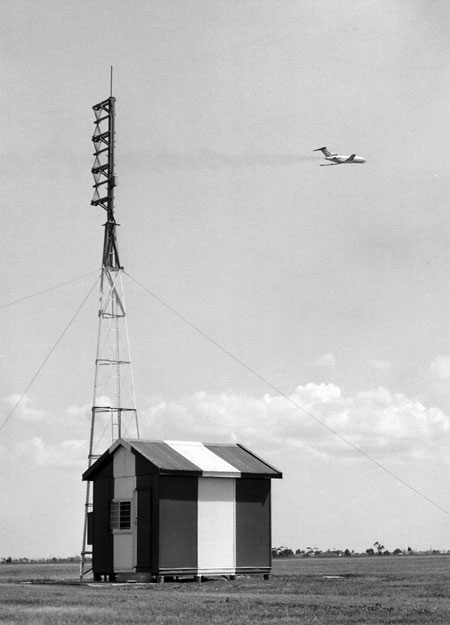
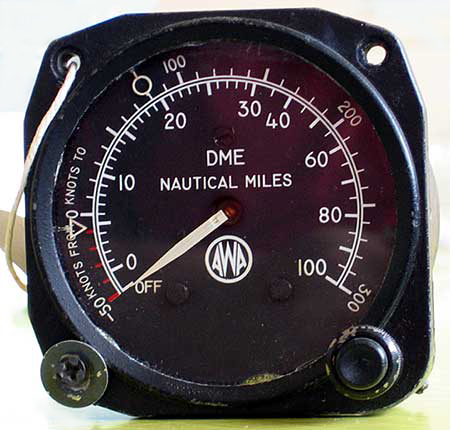 measurement along an airway. Up to that time whilst continuous azimuth
guidance on airways was provided by various types of radio beacons,
progress along track could only be measured by station passage of a
beacon - in other words, by flying over it.
measurement along an airway. Up to that time whilst continuous azimuth
guidance on airways was provided by various types of radio beacons,
progress along track could only be measured by station passage of a
beacon - in other words, by flying over it.